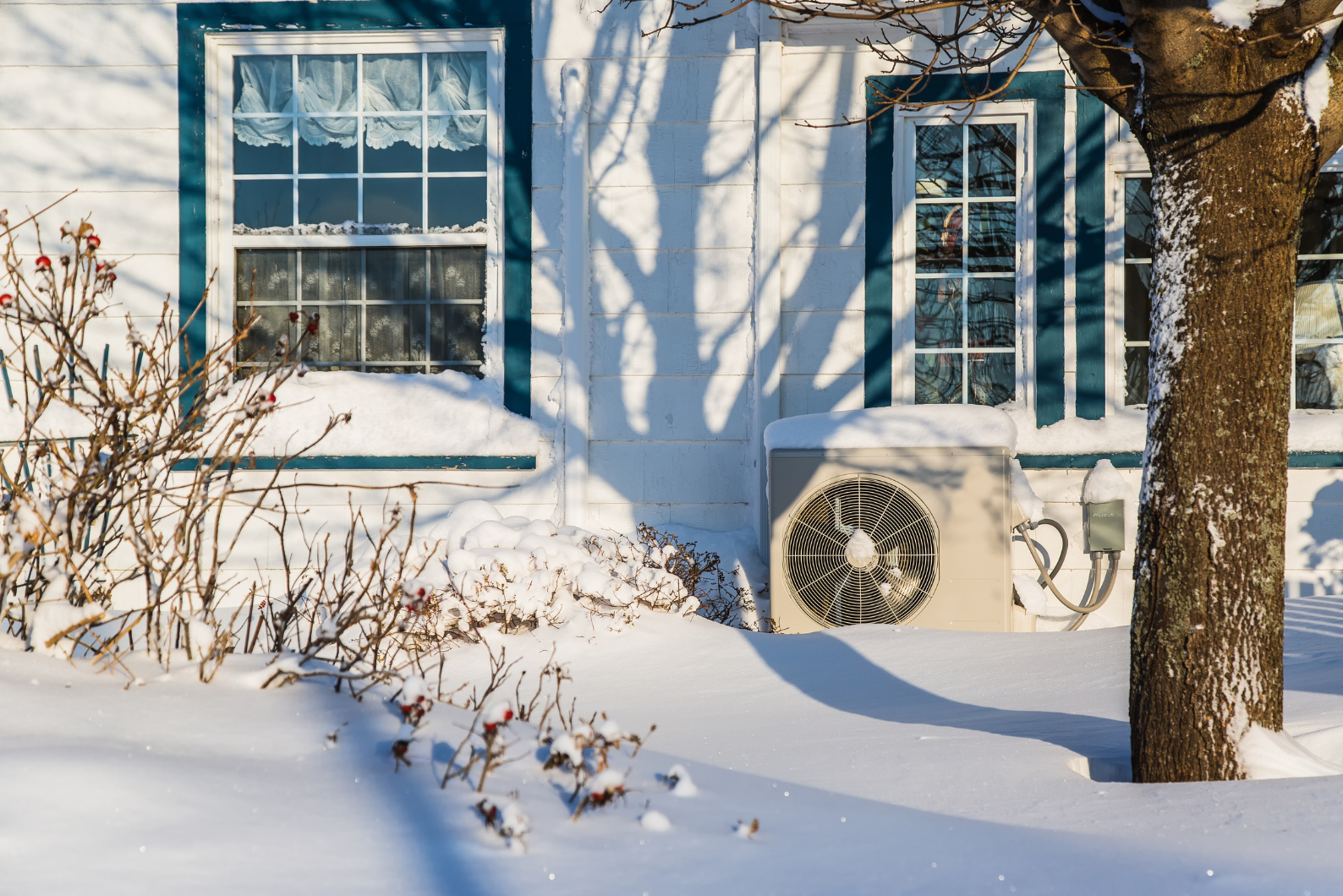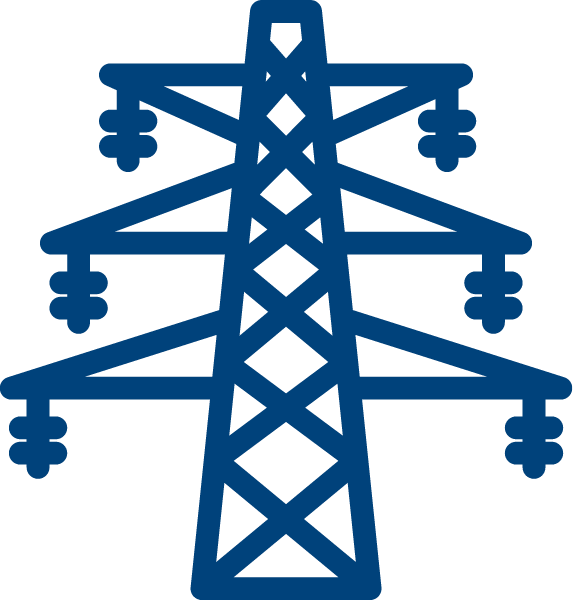
Building Electrification
Heat Pump Details
Heat pumps have advanced with units boasting over 300% efficiency that can operate in cold climates. This tech and on-bill financing together will mark a sea change for utility programs.
Modern Heat Pumps
Ducted Air Source Heat Pump. Image Credit: Consumer Reports
Ducted Air Source Heat Pump
The traditional heat pump that transfers warm air from outside the home and delivers it around the home through ductwork.
Suited for large homes with many rooms and stories
An excellent choice when upgrading from a ducted fossil fuel furnace if the existing ductwork is in good condition.
Ductless Mini-Split Heat Pump
The most flexible air source heat pump available and designed for homes without ductwork.
Uses in-room ‘heads’ to heat a ‘zone’ in the home instead of ducted heat registers.
Best used in homes with an open layout, though it does have the ability to be split into multiple zones.
Ductless Mini-Split Heat Pump. Image Credit: Consumer Reports
Geothermal Heat Pump
Stores heat energy in underground ducting before releasing it into the home.
Requires an unobstructed yard or body of water to install the subterranean system. Some installers are now able to operate in smaller or less accessible yards.
Best suited for colder climates and larger properties with favorable geography and hydrology.
Dual Fuel Heat Pump
This combined technology uses electricity for most of the year to operate the heat pump through a ducted heat pump, and then switches to other fuels during the coldest times of the year.
Maximizes efficiency in extremely cold weather.
Cold Climate Achievements
Advances in variable speed compressor technology have improved cold weather operation and greatly expanded the viability of modern heat pumps in diverse climates. This is of tremendous interest in states such as Alaska, Colorado, Massachusetts, and Maine. Each of those states has signed onto ambitious heat pump adoption targets for the next ten years.
“Heat pumps are versatile, efficient, and great for both heating and cooling … or are they? Whenever heat pumps are mentioned, critics bring up their ineffectiveness in cold weather, so is that still true? “
Revenue Growth & Financing
A successful residential heat pump program can increase revenue for utilities, radically outpacing revenue from traditional load growth.
A modest program adoption rate of 0.2% of homes in the utility service territory annually can still result in noticeable gains. An aggressive program targeting 0.87% of homes annually in the service territory yields significant gains.
The “Help My House” program utilizes on-bill financing to help customers make necessary improvements on their homes.
Flat-lining retail electricity sales can be mitigated through beneficial electrification programs, specifically with the help of on-bill financing. While not a pre-requisite of beneficial electrification, on-bill financing (OBF) is a pathway for utilities to sponsor customer heat pump installation through an on-bill loan or tariff, allowing the customer to pay the utility back incrementally. The USDA’s Rural Utility Service manages the Rural Energy Savings Program (RESP) which supports rural utilities nationwide in funding on-bill improvements.
Supporting heat pump adoption goes beyond rebates.
Find our discussion of OBF in greater detail in Section 4: Program Funding.
Market Outlook
Every time a fossil fuel furnace reaches the end of its useful life, there is an opportunity to install a new and efficient electric heat pump.
Heat pump technology has greatly advanced; heat pumps today are at least 30% more efficient than the 2005 standard of SEER 10, and can even range up to SEER 28, or 280% more efficient than just 15 years ago. As efficiencies grow, so do their popularity.
By 2020, nearly 180 million heat pumps had been installed globally for heating purposes. This represented a ~10% annual growth rate since 2015. The global heat pump market is expected to keep growing and is set to reach $92 billion in revenue by 2025.
Fundamentally for utilities, the market potential for heat pump upgrades will depend in part upon ratepayers understanding the long-term gains to be made by switching heating systems.
Learn More: Go to the Toolkit’s Space Heating Calculator
Additional Resources
Rocky Mountain Institute: Heat Pumps: A Practical Solution for Cold Climates
Research and Markets: Heat Pump Market Forecast 2020 - 2025
USDA Rural Utility Service: Rural Energy Savings Program
International Energy Agency: Heat Pumps
Research and Markets: Heat Pump Market - Global Outlook and Forecast 2020 - 2025
Alaska Heat Smart: Cold Climate Heat Pump FAQ
Cold Climate Housing Research Center Fairbanks AK: Air Source Heat Pump Resources





